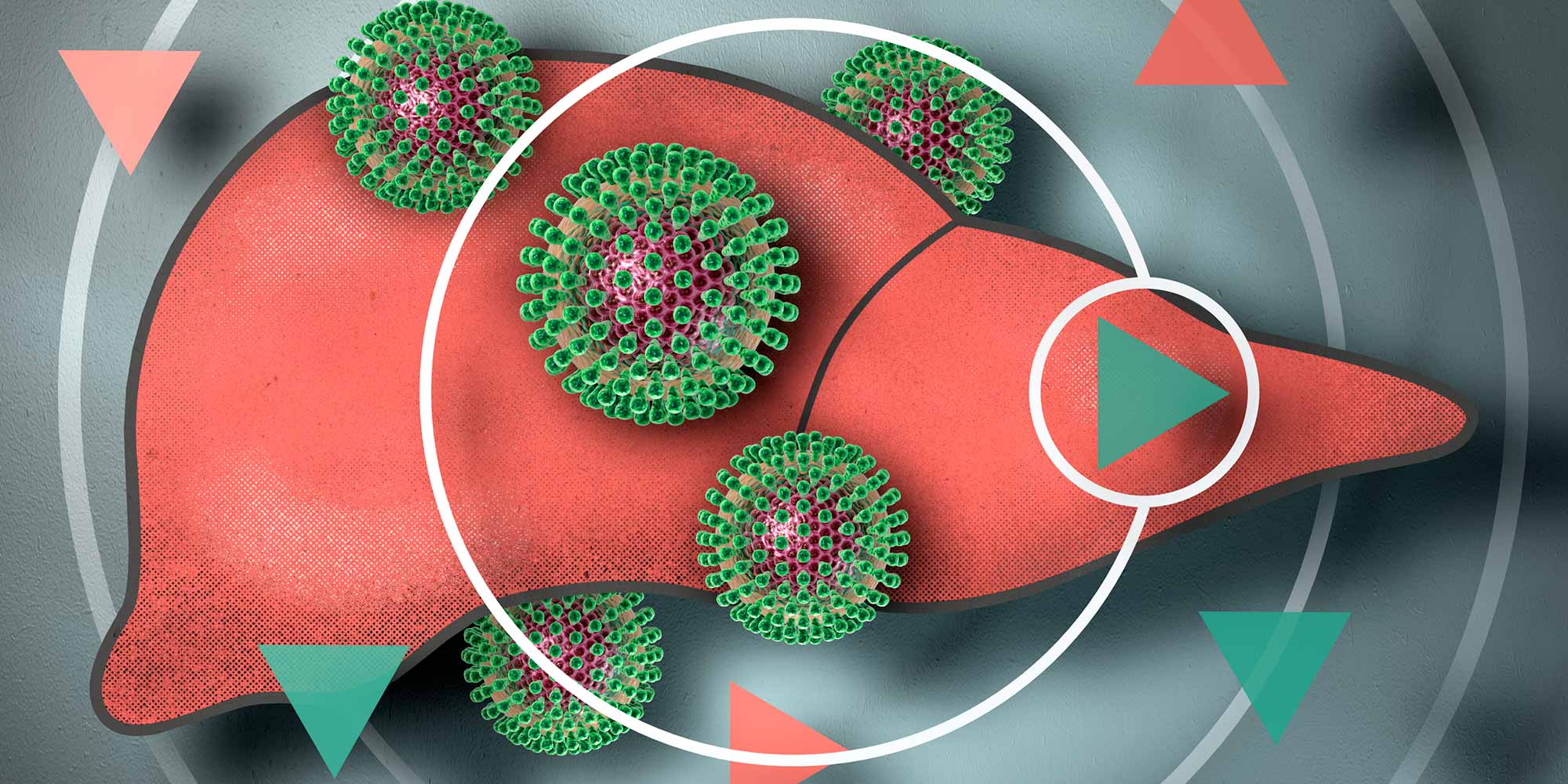Primary liver cancer is often caused by cirrhosis, a liver condition primarily resulting from excessive alcohol consumption or hepatitis B or C infections. Up to 80% of primary liver cancer cases worldwide are linked to these viral infections. These viruses can persist in the body for years, leading to cirrhosis and increasing cancer risk. Transmission typically occurs through contact with the blood or bodily fluids of an infected person, including unprotected sex, sharing unsterilized needles, or receiving a blood transfusion before 1992.
Given that liver cancer caused by viral hepatitis often develops over two to three decades, early screening and preventive measures are crucial.

Liver Cancer Prevention
You can reduce your risk of liver cancer by maintaining a healthy lifestyle with regular exercise, weight control, and a balanced diet, particularly limiting alcohol intake. Avoiding hepatitis B and C infections is also critical.
Protection Against Hepatitis B and C
Hepatitis B, if left untreated, can lead to cirrhosis, liver failure, and cancer. Vaccination against hepatitis B is available and recommended for both children and adults. If you’re at risk for hepatitis B or C, consider getting screened. For those with chronic hepatitis B, antiviral therapy can slow liver disease progression and reduce cancer risk, though not eliminate it. While there’s no vaccine for hepatitis C, effective treatment can eradicate the virus in most cases. Regular medical check-ups with imaging tests like ultrasound, CT, or MRI are recommended for those with chronic hepatitis.

Additional Liver Cancer Risk Factors
Besides chronic hepatitis, other conditions can increase liver cancer risk, such as:
- Nonalcoholic Fatty Liver Disease (NAFLD): This condition causes triglyceride accumulation in the liver, leading to damage and cirrhosis. It’s common in individuals who are overweight, obese, or have type 2 diabetes or metabolic syndrome.
- Alcohol-Induced Cirrhosis: Alcohol consumption greatly heightens liver cancer risk, particularly in those with hepatitis B or C.
- Hemochromatosis: This genetic disorder causes excess iron absorption, increasing liver cancer risk. It’s most common in people of Irish descent.
- Arsenic Exposure: Arsenic, found in some drinking water and used in certain plastics, can raise liver cancer risk.
- Anabolic Steroids: These muscle-building hormones are also a risk factor.
- Aflatoxin Exposure: Produced by mold in improperly stored grains and nuts, aflatoxin is a rare risk in the U.S.
Liver Cancer Screening
Regular screening with imaging tests like ultrasound is essential for those with cirrhosis or chronic liver disease. Early detection allows for timely treatment when liver cancer is most manageable.
Preventing and Treating Hepatitis B and C Infections
Chronic hepatitis B and C are the leading risk factors for liver cancer globally. Preventive measures include avoiding needle sharing and practicing safe sex. Hepatitis B vaccination is recommended for children and at-risk adults, while treatment for chronic hepatitis B and C can help slow liver damage and reduce cancer risk.
Lifestyle Changes for Liver Cancer Prevention
Limiting alcohol and tobacco use, maintaining a healthy weight, and reducing exposure to cancer-causing chemicals, like aflatoxins, can help lower liver cancer risk. Treating inherited diseases that increase liver cancer risk, such as hemochromatosis, is also important. Regular blood tests to manage excess iron levels can help prevent cirrhosis and cancer in individuals with this condition.
